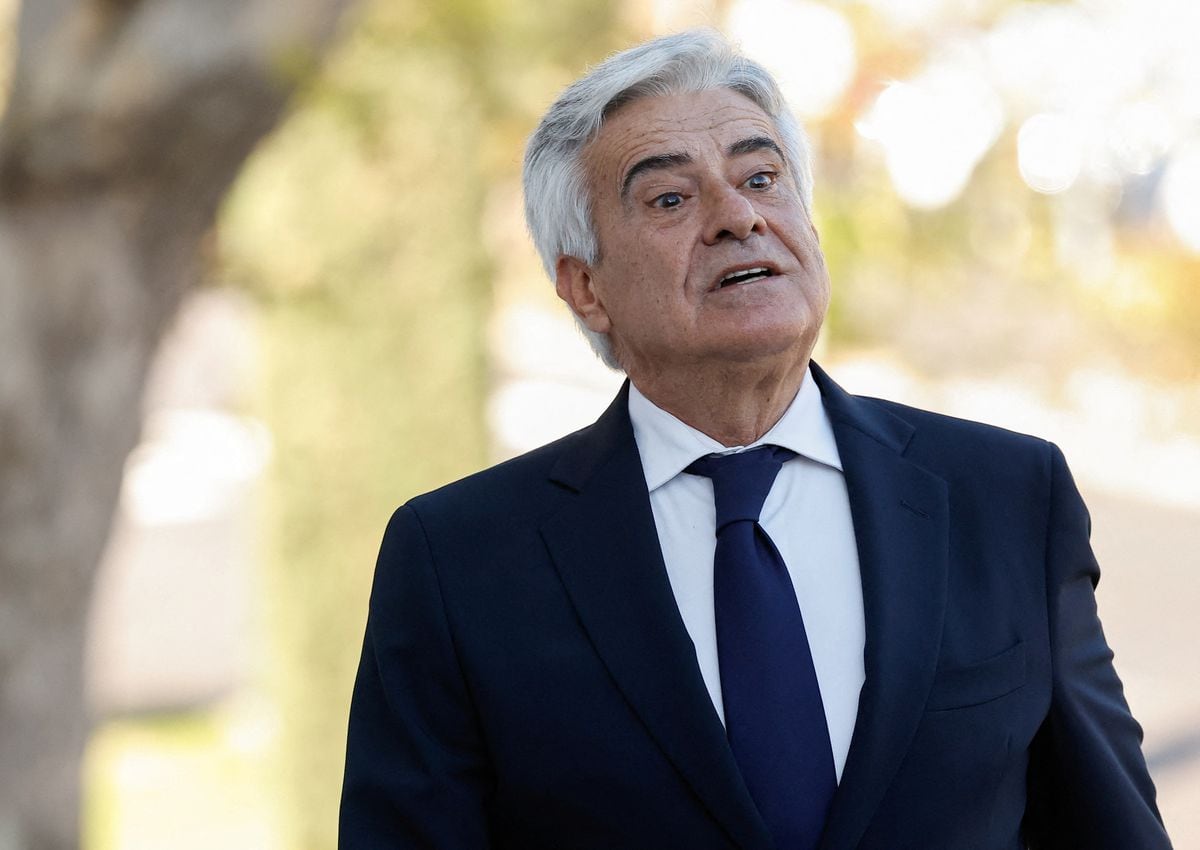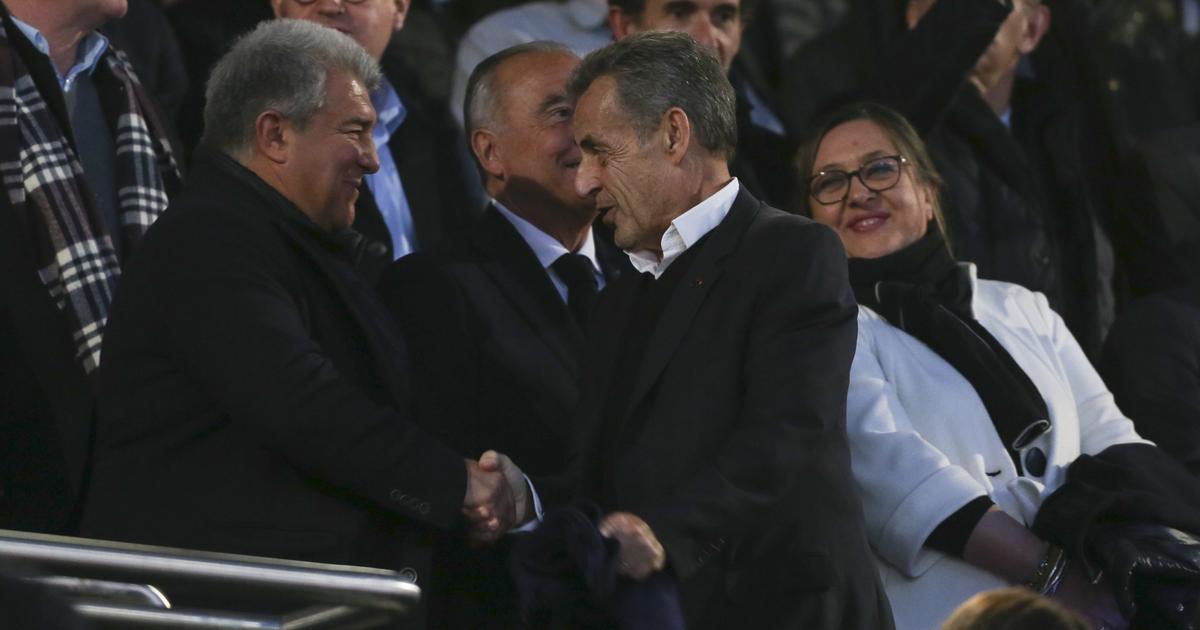He is the only coach to have won two World Cups
We could even add, consecutive!
Born in Turin in 1886, Vittorio Pozzo, nicknamed "the old master" (
il vecchio maestro
) led Italy to victory in the 1934 and 1938 World Cups. These were the last editions organized before the long interruption of the Second World War.
In this tormented Europe of the 1930s, sporting events were formidable propaganda tools at the disposal of rising dictatorships.
The coronation of 1934 precisely took place at home in front of the Duce, Benito Mussolini.
Pozzo's Italy beat Czechoslovakia in the final 2-1 after extra time.
For the record, penalty shootouts did not yet exist.
We had to replay the matches the next day, as was the case for the Italy-Spain quarter-final.
To discover
World Cup: The complete table of the final phase
All World Cup match results
Download the Le Figaro Sport app and follow the Blues in Qatar
For the 1938 edition in France, there are a few notable absentees: Austria, which has just been annexed by Nazi Germany, Spain which is in the midst of civil war, but also England which snubs FIFA. .
Italy won the final 4-2 against Hungary in the Yves-du-Manoir Olympic stadium in Colombes.
Despite suspicions of fascist corruption, Italy's victories in 1934 and 1938 are indisputable and tactically deserved.
A double that Brazil imitated by winning the 1958 and 1962 editions, but with two different coaches, Vicente Feola and Aymoré Moreira.
Vittorio Pozzi and his players during the 1938 coronation. Panoramic
He is a huge Manchester United fan, who taught him everything
In his book "
Inverting the Pyramid: The History of Football Tactics
“, Jonathan Wilson tells how Manchester United strongly influenced the style of Vittorio Pozzo.
The Italian was sent to England quite young, at the very beginning of the 20th century.
His father found him a job in the wool industry.
Pozzo quickly falls in love with the football culture that reigns in the city, and becomes a fan of Manchester United whose matches he regularly goes to see.
The club was, at the time, the best team in England.
Trained by Ernest Magall and carried by a trio of centre-halves Dick Duckworth, Charlie Roberts and Alex Bell, the Red Devils won the first title in their history at the end of the 1907-1908 season, and a second in 1910-1911 .
Pozzo is very admiring of the tactic employed, a pyramid-shaped 2-3-5.
He is also a big fan of Charlie Roberts whose he appreciates
football intelligence, and one day finds the courage to go talk to him outside the stadium.
A friendship is born between the two men, cemented by great discussions on the subject of football.
His favorite tactic is a 2-3-2-3
1925 is a decisive year in the history of football.
The offside rule changes: the minimum number of opposing players in front of the attacker goes from three to two.
The 2-3-5 employed by Manchester United becomes obsolete.
As author Jonathan Wilson explains, a devastating new tactic is revolutionizing the game: the 3-2-2-3, known as the "WM" formation.
She is notably employed by the coach of Arsenal, Herbert Chapman.
But the strategy that will allow Vittorio Pozzo to win the 1934 and 1938 World Cups is a kind of mixture between Manchester United's 2-3-5 and Arsenal's 3-2-2-3.
This is a 2-3-2-3, known as a "WW" or "Metodo" formation.
The main variation is the introduction of a midfielder supposed to be marking the opposing attacker in the defensive phase,
but also capable of projecting himself into the possession phase.
In this role, Pozzo installed Luisito Monti in 1934 then Michele Andreolo in 1938. The Italian coach preferred good distributors to good carriers.
The football played by his team was not the most technical, nor the most attractive, but it was terribly effective.
Above all, the players were in excellent physical condition, a consequence of Fascist Italy's fascination with athletic strength.
The 1938 World Cup final, Italy-Hungary (4-2) Panoramic
He won the 1936 Olympics as Hitler watched
The Berlin Olympics in 1936 are the typical example of propaganda and whitewashing by sport of an authoritarian nation.
The world witnessed for two weeks the demonstration of the superiority of the “Aryan race” wanted by Hitler through the triumph of the German athletes, the parade of the Hitler Youth brigades and the screenings of the cinematographic works of the director Leni Riefenstahl.
It is from this event that dates the famous photo of the African-American athlete Jesse Owens, surrounded by Nazi salutes, proudly perched on the highest step of the podium which he climbed in all four times.
On the football side, Italy won 2-1 after extra time in the final against Austria thanks to a double from Annibale Frossi.
In the stands of the Olympic stadium, 100,000 spectators, including a quarter of SA
Jesse Owens in the long jump event at the Berlin Olympics in 1936. Panoramic
He didn't consider himself the most important man in Italian football history
According to Vittorio Pozzo, the most important man in the history of Italian football is not himself, but William Garbutt.
Considered the father of coaching and held up as a model by many transalpine coaches, Garbutt has largely contributed to popularizing football in Italy.
This son of a carpenter is however English, since he was born in 1883 in Hazel Grove.
He first had a career as a footballer, notably passing through Reading and Blackburn, before hanging up his boots at the age of 29.
He then left for Genoa in Italy, with the aim of becoming a docker at the port, but was quickly appointed coach of the local football team.
Garbutt modernized training, introduced many tactical notions and made the country's first paid transfers.
He remained at the helm of Genoa for fifteen years, winning three championships.
He will then go through the benches of Rome, Naples and Milan, before being expelled and sent back to England by the fascist regime of Benito Mussolini.

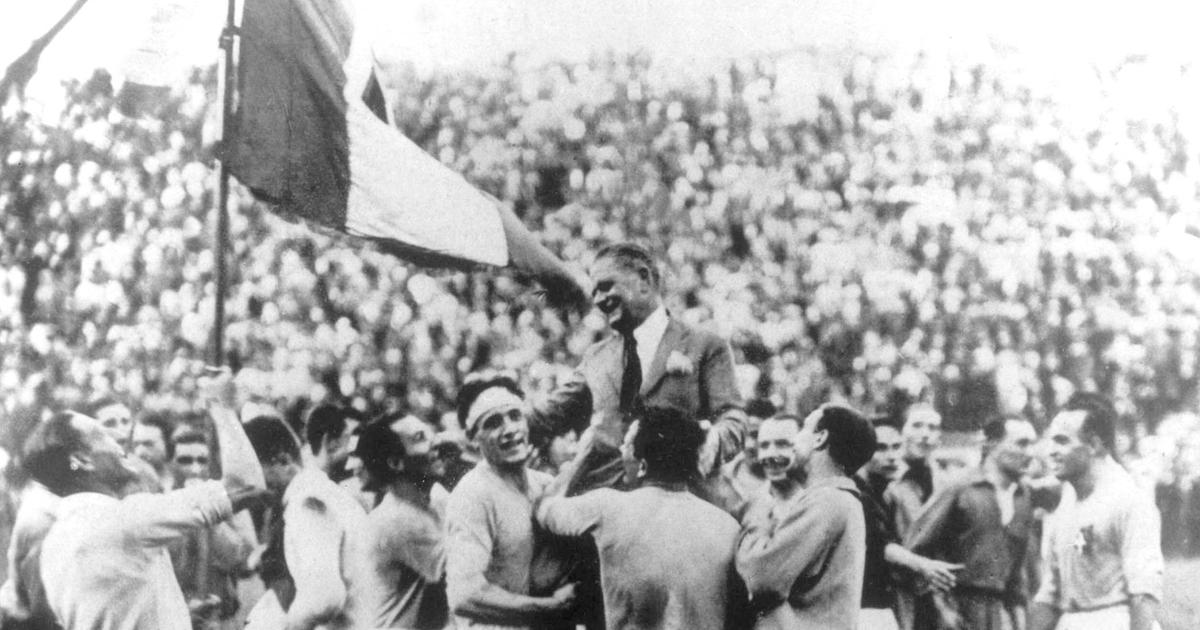



/cloudfront-eu-central-1.images.arcpublishing.com/prisa/GAOZICBVATNYBXRUNUPABYYMRY.jpg)

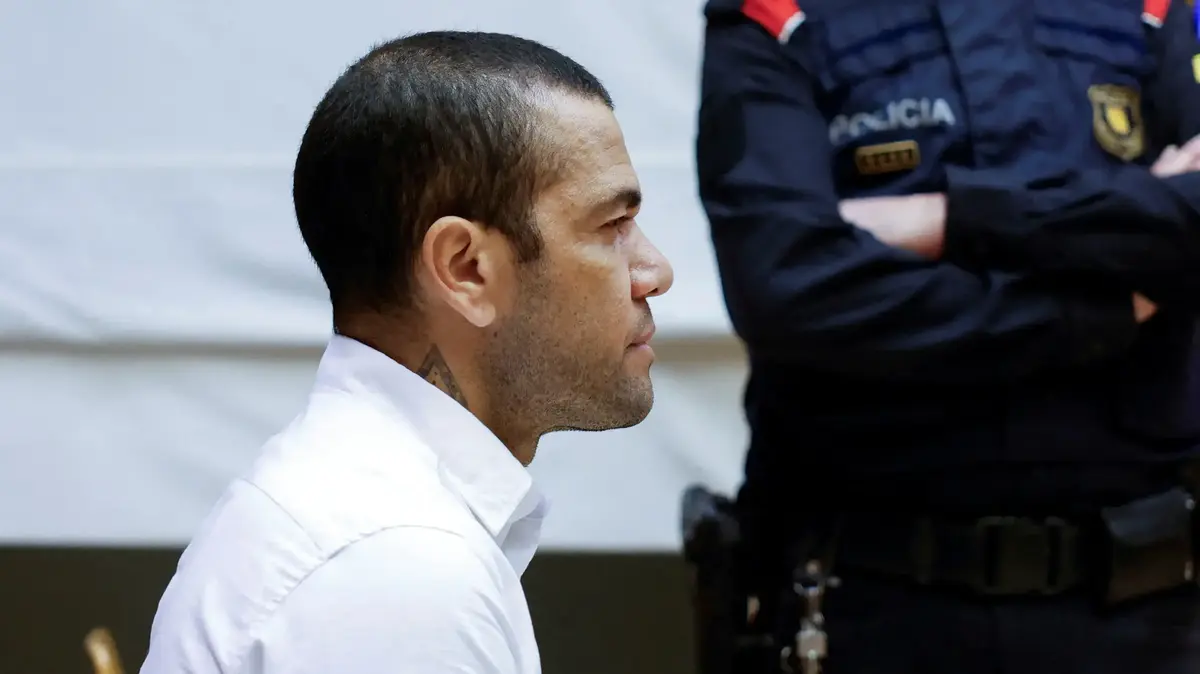
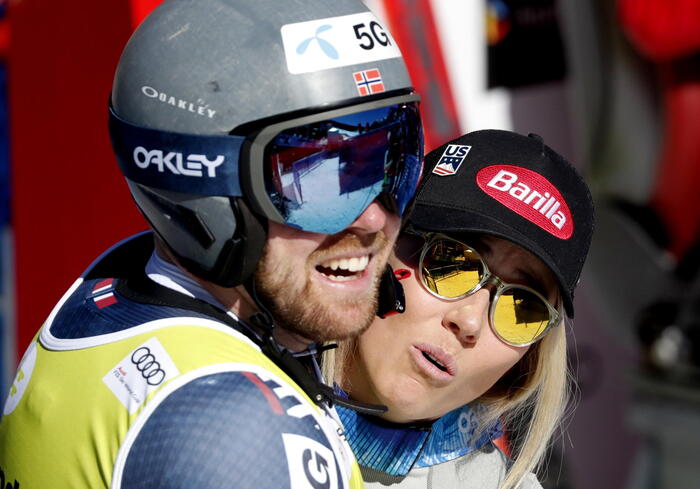
/cloudfront-eu-central-1.images.arcpublishing.com/prisa/6SAFX2RKTFGU5EUYYOWUUOJQ7U)
